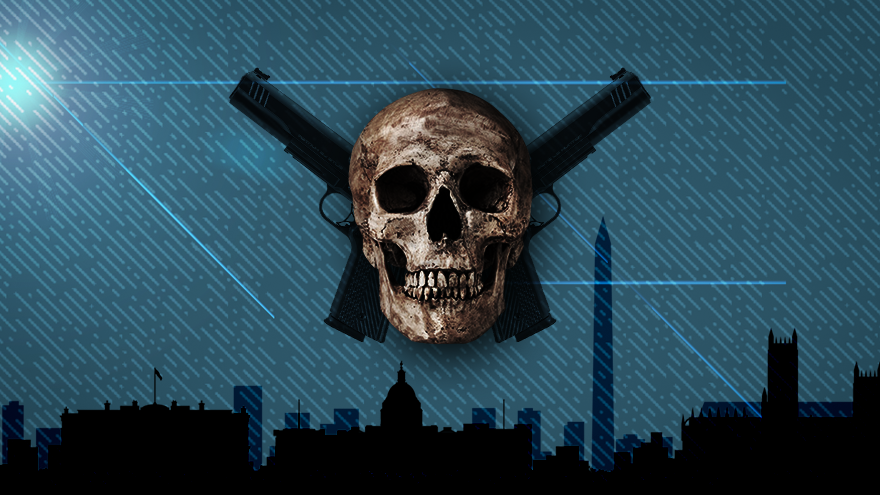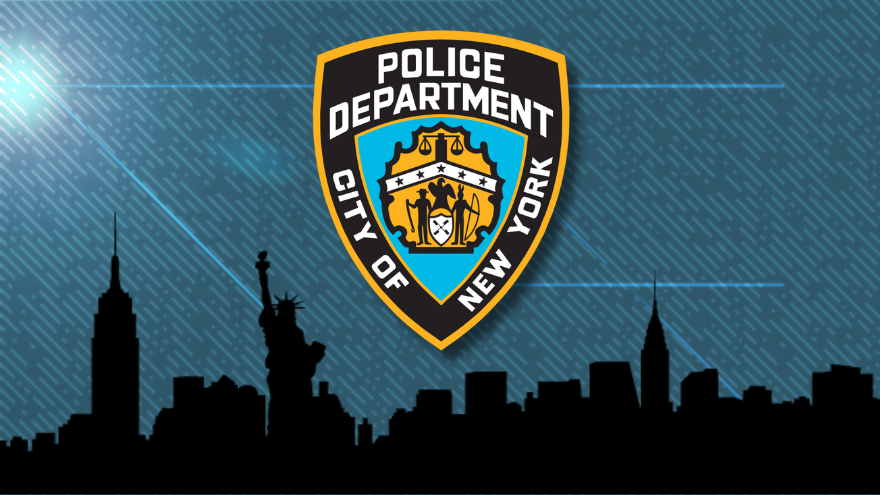Many of the violent gun-related conflicts in D.C. arise between gangs who have “drug-related disputes and social media conflicts,” according to the National Institute for Criminal Justice Reform’s (NICJR’s) gun violence report. Following dozens of interviews with more than 70 law enforcement officers, there was “nearly unanimous agreement” that the primary driver of gun violence in D.C. is a “deadly mix” of gang members “making music videos taunting or disrespecting their rivals that are posted on social media, and those videos spark or further inflame neighborhood conflicts that escalate into shootings.” “Numerous officers” throughout the nation’s capital agree on two factors that combine to embolden individuals to commit acts of violence: a high bar for making arrests and a reduction in proactive policing. Police officers say that the bar for being able to make an arrest has risen to “beyond a reasonable doubt,” a standard usually reserved for a court conviction. Officers also complain of cases not being charged by prosecutors and defendants being released prior to court proceedings. Officers told the researchers that policy decisions made by the city council and police department have created strict rules where police fear disciplinary action or termination for simply doing their jobs, which leads to fewer arrests. According to the report, among all adult and juvenile homicide and nonfatal shooting suspects, 82 percent had criminal justice involvement. Among all adult and juvenile homicide and nonfatal shooting victims, 61 percent had prior criminal justice system involvement. The NICJR defines criminal justice system involvement as a person who has had “prior criminal justice system involvement if they were arrested in D.C. or other jurisdictions, regardless of conviction, prior to their involvement in the homicide or shooting.” By the time a homicide is committed, most victims and suspects with prior criminal histories have already been arrested about 10 times for about 12 different offenses, the report explains. This statistic only refers to adults — juveniles were excluded. Roughly 78 percent of both homicide victims and suspects were “known to the criminal justice system prior to the event.” And among all victims and suspects, about 59 percent had a prior release from a local jail, while 33 percent had previously been released from a federal prison. “Given the high percentage of those arrested who have been incarcerated and on supervision shows the vast majority of individuals were involved in homicides and shootings were not just arrested, but also prosecuted,” the report states. In nonfatal shootings, approximately 61 percent of victims and suspects were known to the criminal justice system prior to the incident. About 45 percent had previously been released from a D.C. jail, while 22 percent had been released from federal prison. In nonfatal shootings, most victims and suspects with prior criminal offenses had around nine prior arrests for about 11 different offenses by the time of the shooting. Overall, there are more violent offenders on the streets of D.C. than in previously years. The number of criminal arrests plummeted in 2020 to just 4,221, having fallen from 9,955 the year prior. The number of intakes by the D.C. Department of Corrections has remained steady ever since. The sharp decline followed the D.C. City Council’s approval of a $15 million cut in police funding, following nationwide calls to defund the police in the wake of protests over the death of George Floyd. At the time, Councilmember Charles Allen said the legislation was a “reinvestment” from “traditional policing.”A new report analyzing the rampant crime in America’s capital shows that the majority of violent crime in Washington D.C. is gang-related and is committed by a proportionally small number of repeat criminal offenders.
Crime /
D.C. Crime Report: Gang 'Music Videos Taunting or Disrespecting Their Rivals' Is Driving Homicide Rates
Most homicide suspects had already been previously arrested around 10 times

*For corrections please email [email protected]*
